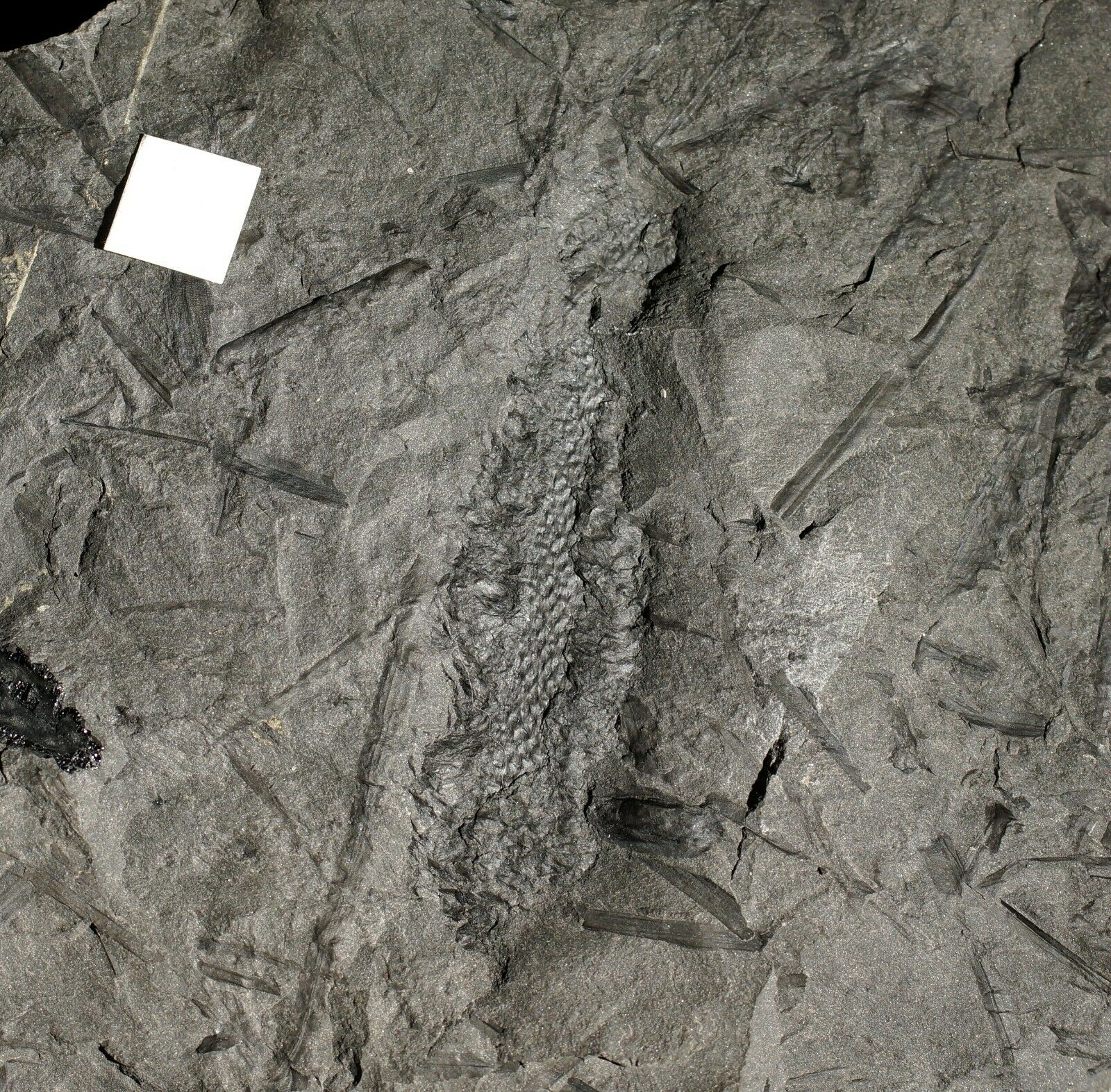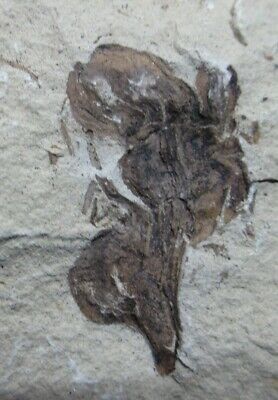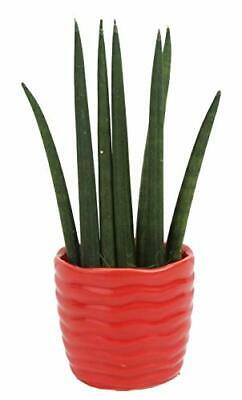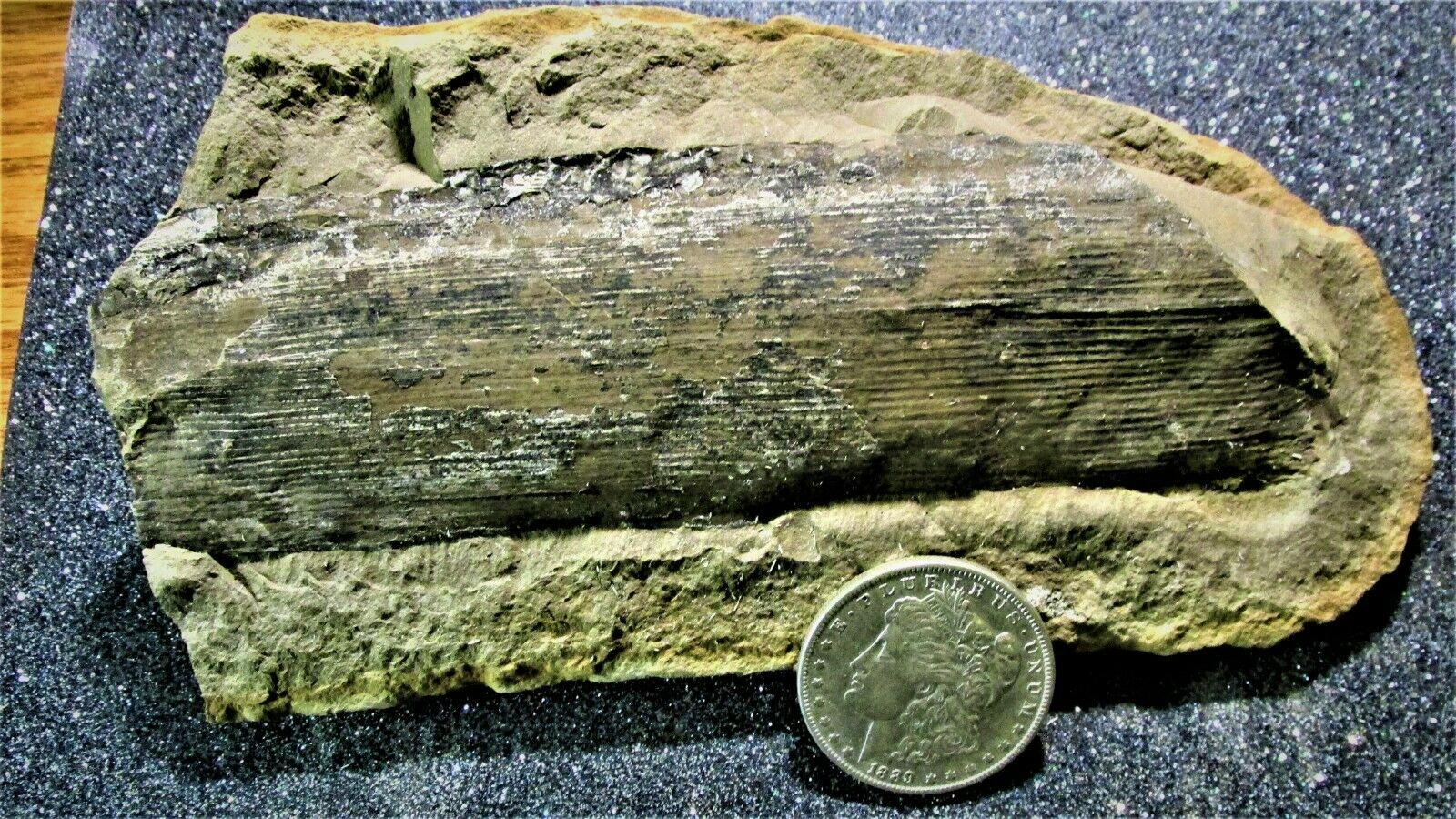-40%
Rare fossil plant extinct lycopod Lepidophloios cone and young leafy twig !!!
$ 40.65
- Description
- Size Guide
Description
My specimens are genuine and will be delivered with a Certificate of authenticity, age and origin and scientific works copy described this species !I combine shipping costs.
Each item is different, so please wait with payment after purchase -
I will send You a combine invoice.
Usually, it will be cost of shipping the heaviest item.
Specimen:
Beautiful, detailed specimen of
rare fossil plant extinct lycopod
Lepidophloios larcinus
Sternberg
1820
fossil cone and young leafy twig !!!
Locality:
All detailed and accurate data will be provided with the specimen
Stratigraphy:
Upper Carboniferous¬† ‚Äď Pennsylvanian -¬† Namurian B
Age:
ca. 320 Mya
Matrix dimensions:
ca. 13,0 x 11,0 x 2,0 cm ( scale-bar - white square on pictures is 1,0 x 1,0 cm )
Description:
Description:
Rarer lycopod
two sided fossil of young leafy branch of
Lepidophloios larcinus
Sternberg
1820
and it's rare fossil cone !
The genus
Lepidophloios
appears to have been established by Sternberg at a time when our knowledge of Carboniferous plants was based, for the most part, upon merely superficial characters and not upon the anatomical structure of the plants themselves. The two genera, Lepidodendron and Lepidophloios, though long known to hold close affinities, are clearly separated by well-marked characters.  In Lepidophloios the leaf-cushions are rhomboidal (as in L. laricinum) or elongated-truncate (as in L. scoticum), and the leaf-scar is situated at the extremity of the cushion, having three punctiform cicatricules as in Lepidodendron. The cones are borne on specially modified branches and are arranged in spirals (Halonia). These young branches grew for the propagation period from the main trunk with cone on top. After reaching maturity by the cones, twigs with the cones  fall off on the ground. The genus Lepidophloios appears to have been established by Sternberg at a time when our knowledge of Carboniferous plants was based, for the most part, upon merely superficial characters and not upon the anatomical structure of the plants themselves. The two genera, Lepidodendron and Lepidophloios, though long known to hold close affinities, are clearly separated by well-marked characters.  In Lepidophloios the leaf-cushions are rhomboidal (as in L. laricinum) or elongated-truncate (as in L. scoticum), and the leaf-scar is situated at the extremity of the cushion, having three punctiform cicatricules as in Lepidodendron. The cones are borne on specially modified branches and are arranged in spirals (Halonia).
Systematic:
Division:
Tracheophyta (Lycoposida)
Class:
Lycopodinae
Order:
Lycophodiales
Family:
Lepidodendraceae
Genus:
Lepidophloios / Halonia
Species:
Lepidophloios larcinus
Sternberg 1820
















